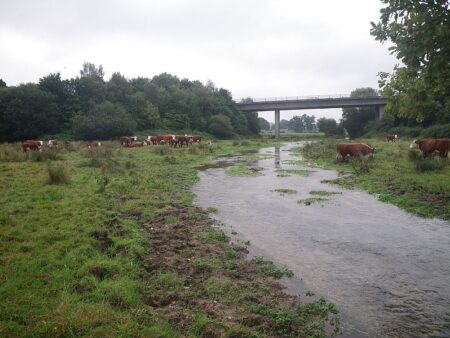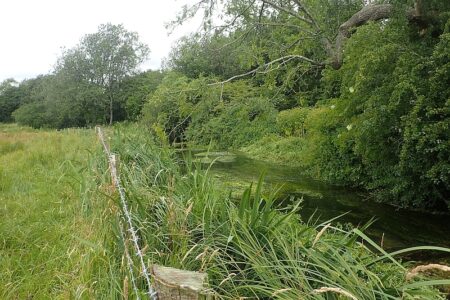Buffer zone challenges
A buffer zone generally represents a loss of productive land for the farmer, although a high level of ‘public goods’. In England, the change in farm subsidy system from one based largely on land area to one based on ‘public goods’ (ELMS) should encourage the creation of more, bigger and better buffer strips.
An initiative has been instigated by the Beaver Trust to create a 100,000ha nature recovery network along 25,000km of England’s rivers by 2030. Beavers and buffers are natural allies. Beavers need trees and plants to eat and space to create beaver ponds and there can be conflicts where that space is not available – see our Beaver Hub for more information.
The species composition of buffer zones, whether they are fenced to prevent livestock grazing and how the zone is managed are all questions to which there is no ‘one size fits all’ answer. In some cases, tree planting of native species is appropriate, in others, natural regeneration will take place if livestock is excluded. Buffer zones may benefit from management if nutrient control is a priority, and some carefully managed grazing may help control invasive species such as giant hogweed and Himalayan balsam. It is important to understand the details of the particular situation before creating buffer zone, or simply allowing natural processes to create them.

